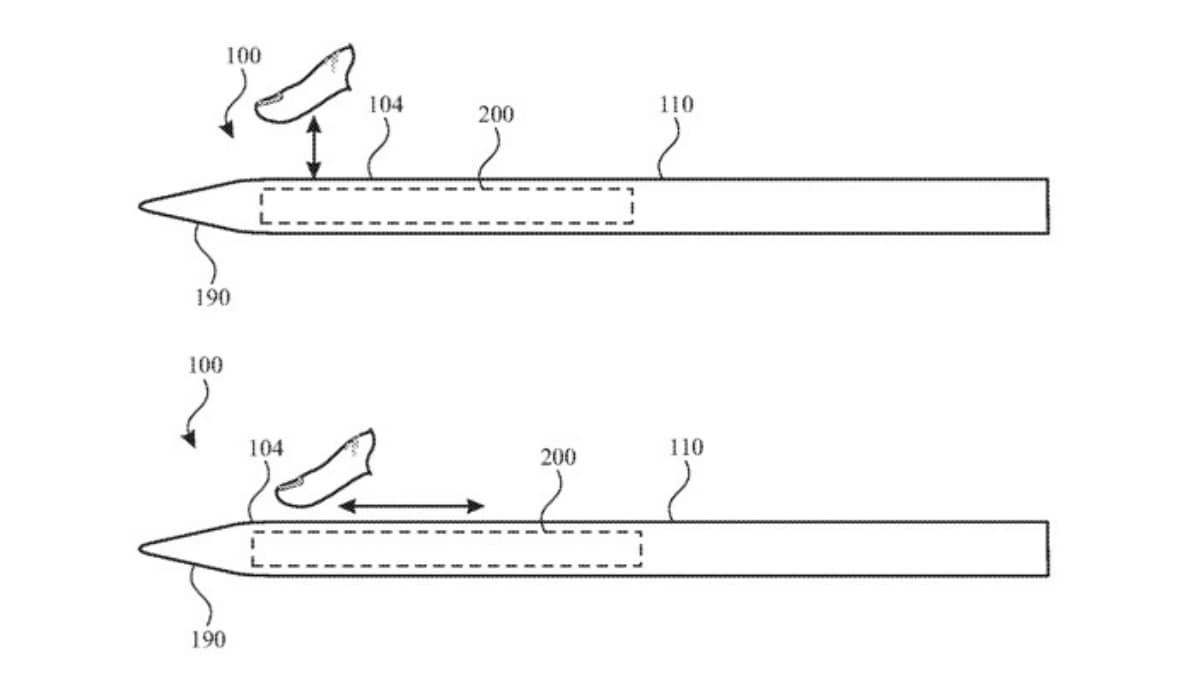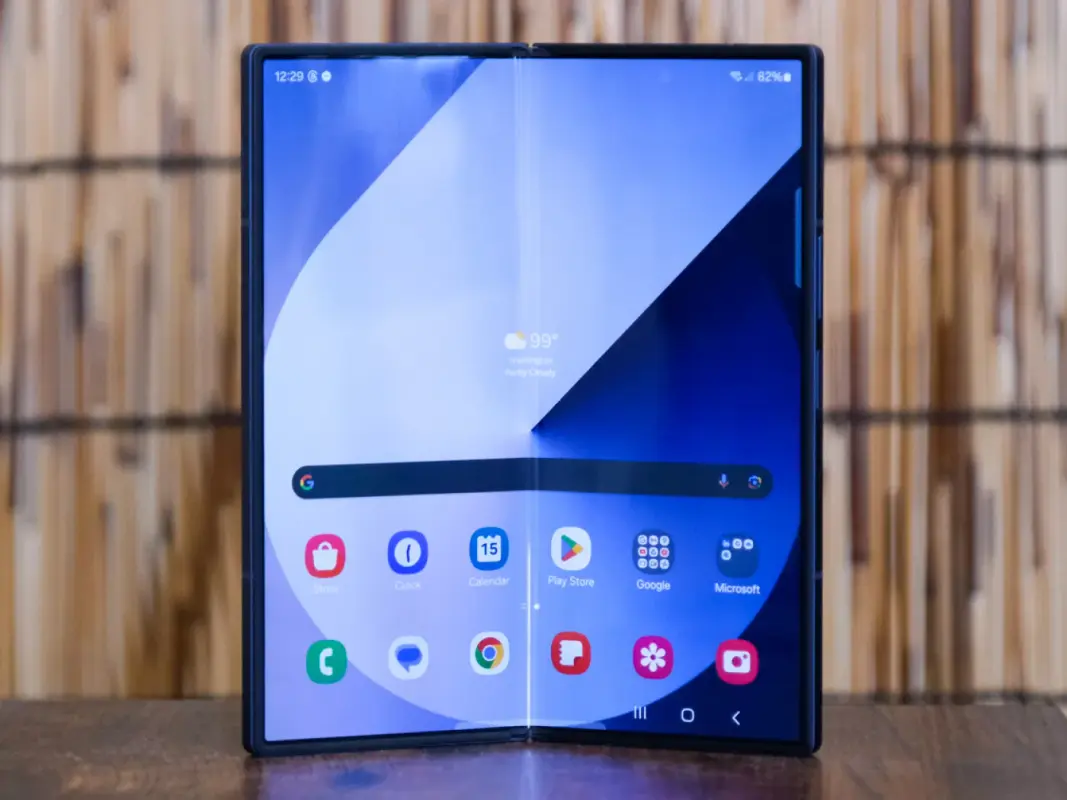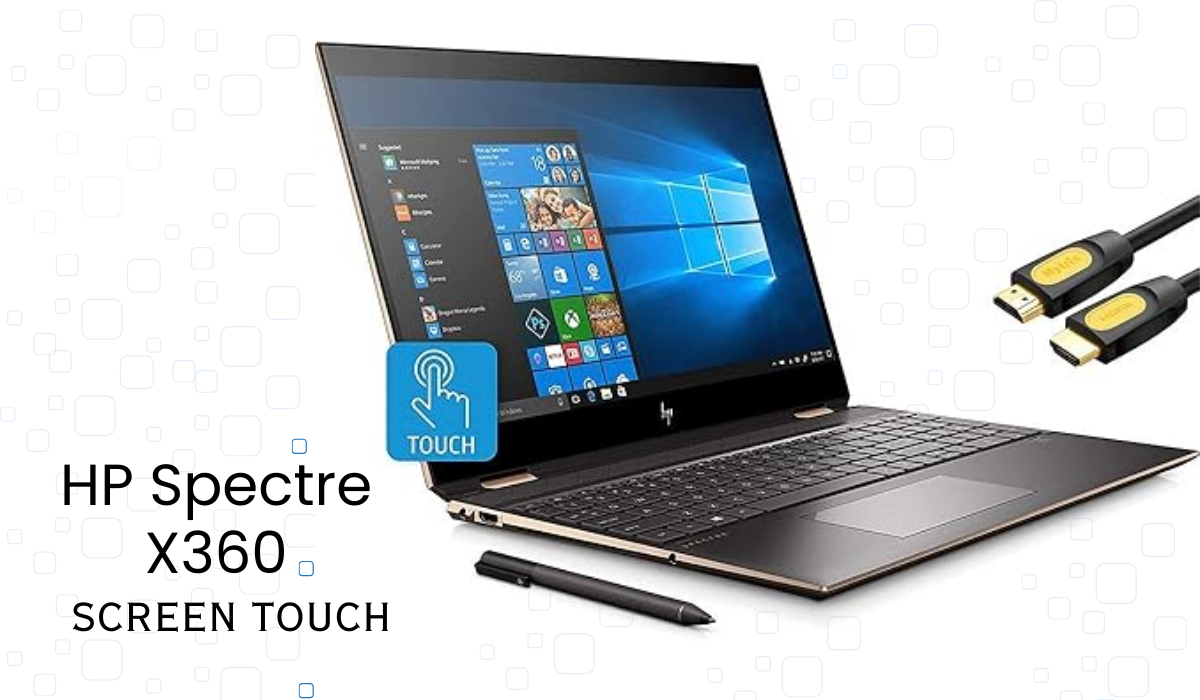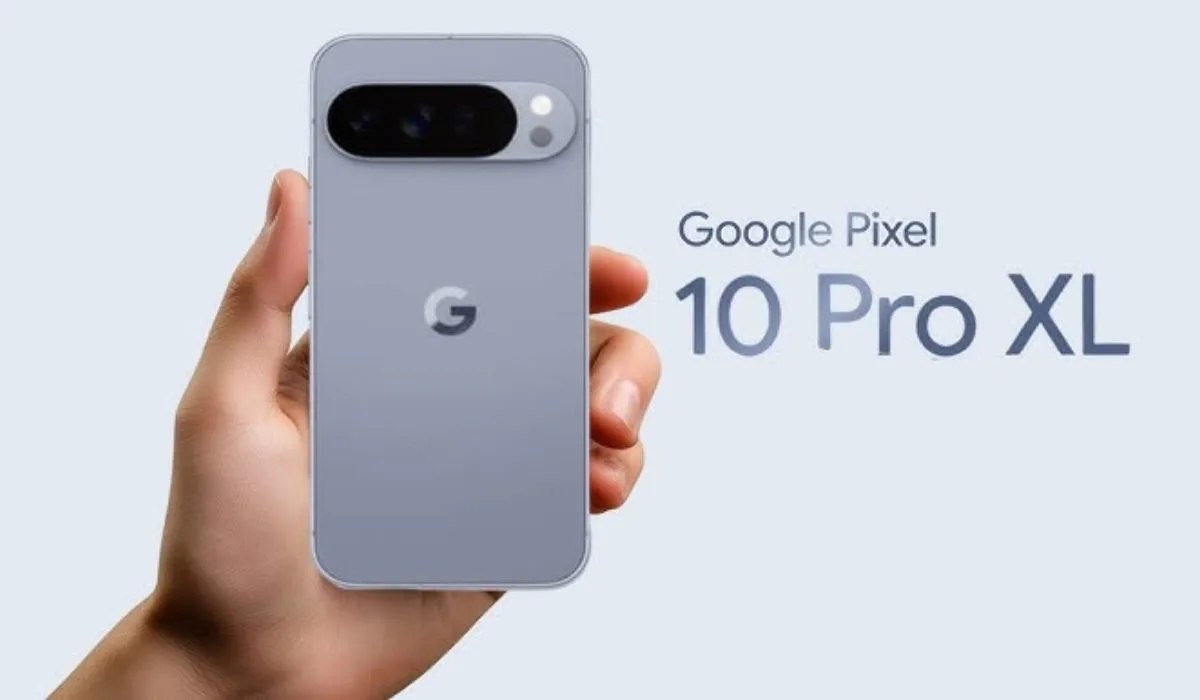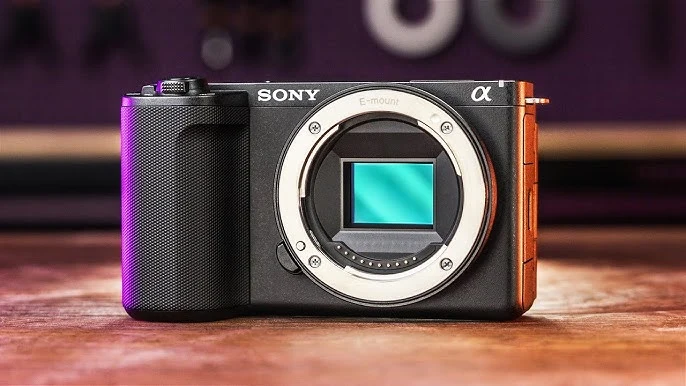In today’s digital age, social media is not only a networking tool; it’s a great platform for marketing, especially for bloggers. Integrating social media methods into your blogging habit may substantially boost your reach and engagement. This post covers three efficient techniques to use social media to expand your blog.
Understanding the Social Media Landscape
Platforms like Facebook, Twitter (X), Instagram, LinkedIn, and Pinterest each provide distinct advantages for bloggers. Understanding the demographics and characteristics of each platform is vital in targeting your efforts successfully.
Social networking may deliver enormous attention to your blog. By posting information, connecting with followers, and leveraging platform-specific features, you may draw more people to your website.
Way 1: Leveraging Social Media for Content Promotion

Choosing the Right Platforms
Understanding the subtleties of each social media site is crucial. For instance, Instagram and Pinterest are terrific for visual material, making them perfect for lifestyle, fashion, and cuisine blogs. LinkedIn suits professional or business-oriented blogs, whereas Twitter is perfect for short updates, news, or tech blogs. Facebook’s wide user base can appeal to a bigger readership, making it suited for many sorts of blogs. Selecting platforms that fit with your blog’s topic and your target audience’s preferences is vital for efficient advertising.
Creating Engaging Content
The content you share on social media should be more than just informative; it should be captivating and interactive. For example, instead of just sharing a link to your blog, include an intriguing snippet or a thought-provoking question that piques curiosity. Utilize high-quality, visually engaging photos or videos that connect to your blog content. These graphic components may dramatically improve engagement and shares. Hashtags play a significant role in improving your content’s reach. Research and use relevant hashtags that are popular within your blog’s topic. This might make your content more discoverable to a larger audience.
Engagement doesn’t end with posting; it’s also about communicating with your audience. Respond to comments, join in conversations, and express gratitude for user-generated material connected to your blog. This develops a sense of community and encourages greater interaction.
Timing Your Posts
The timing of your social media updates is as crucial as the material itself. Your audience’s online engagement differs based on the platform and their demographics. Utilize social media analytics tools like Facebook Insights, Instagram Analytics, or third-party apps like Sprout Social or Buffer to learn when your audience is most engaged. For instance, posts around lunch hours or after work hours generally generate increased engagement. However, this might vary greatly, so it’s crucial to examine your individual audience’s behavior.
Also, examine the frequency of your posts. While it’s crucial to be active and keep your audience interested, over-posting might lead to unfollows. Find a balance that keeps your audience informed and interested without overloading them. Regularly monitoring and changing your publishing schedule based on engagement statistics is crucial to maximize your social media content’s effect.
Way 2: Building a Community on Social Media
Engaging with Your Audience
Effective involvement on social media goes beyond producing material; it’s about building a two-way discussion. When followers remark on your blog, take the time to react carefully. This not only helps your followers feel appreciated but also boosts the odds of your content being viewed by a broader audience thanks to higher engagement metrics. Similarly, address direct messages and remarks in a timely and customized manner.
This kind of connection assists in developing a devoted group that feels linked to you and your site. Moreover, publishing user-generated material, such as re-posting a follower’s image that relates to your blog (with their permission), may greatly enhance engagement and build a sense of connection among your audience.
Hosting Q&A Sessions
Q&A sessions are a lively way to connect with your audience. They may be done in numerous formats, such Instagram Live, Twitter Chats, or Facebook Live sessions. These sessions allow you to address your audience’s inquiries in real-time, delivering them useful information and enhancing their engagement with your site. Additionally, Q&A sessions are a terrific way to obtain feedback and determine what information your audience is interested in. You may utilize these insights to customize your future blog articles and social media material, ensuring that it connects effectively with your audience.
Using Social Media Groups
Social media groups are a treasure mine for niche communities. Platforms like Facebook and LinkedIn offer group capabilities where like-minded individuals assemble to discuss certain topics. By joining in these communities, you can not only promote your blog material but also obtain vital insights into what your target audience is talking and interested in. Consider forming your own group relating to your blog’s topic.
This may be an exclusive location where you provide early access to your blog entries, behind-the-scenes stuff, and participate in deeper discussions with your fans. Regularly adding excellent ideas and information to these communities may establish you as an authority in your area and attract organic traffic to your blog.
In these communities, the focus should be on delivering value rather than merely advertising your blog. Share suggestions, answer questions, and join in conversations. This strategy assists in developing trust and credibility, making people more inclined to come and follow your site.
Read Also: Pros and Cons of Social Media
Way 3: Collaborating with Influencers and Bloggers

Identifying the Right Influencers
The key to a successful cooperation rests in identifying influencers or bloggers whose readership corresponds closely with your blog’s target market. Start by selecting influencers that not only have a big following but also interact actively with their audience in a way that fits with your blog’s beliefs and content style.
Tools like BuzzSumo, HypeAuditor, or even Instagram’s own statistics for business accounts may help you examine prospective influencers’ engagement rates, audience demographics, and content quality. Remember, the aim isn’t just to reach more people, but to reach the proper individuals who would be truly interested in your blog’s content.
Crafting a Collaboration Strategy
Once you’ve identified potential partners, the next step is to design a mutually advantageous approach. This might encompass different sorts of collaborations such as:
-
Guest Posting: Exchange blog content with influencers or blogs. This not only delivers fresh information for your visitors but also exposes your site to a new audience.
-
Shared material: Collaborate on developing material that can be shared on both parties’ social media sites. This might be a collaborative webinar, podcast episode, or a co-authored guide.
-
Social Media Takeovers: Allow influencers to take over your social media accounts for a day or vice versa. This might generate a buzz and bring in a fresh viewpoint to your material.
-
competitions & Giveaways: Partner for competitions where participants are encouraged to connect with both your and the influencer’s blog or social media, increasing visibility and engagement.
-
Affiliate Programs: If applicable, influencers can promote your products or services in exchange for a commission on purchases made via their recommendation.
Measuring the Success
To comprehend the impact of these relationships, it’s necessary to quantify their success. Use tools like Google Analytics, UTM tracking codes, and social media analytics to measure critical metrics like referral traffic, engagement rates, and conversion rates. This data will give insights into which collaborations are bringing traffic and interaction to your blog, and which techniques are most effective.
Conclusion
Leveraging social media to build your blog entails a multidimensional strategy that demands both creativity and smart organization. By picking the proper platforms and providing intriguing, well-timed material, you may greatly boost your blog’s visibility. Building a community via active involvement and individualized interactions generates a devoted following. Collaborating with influencers and fellow bloggers opens access to new audiences and gives credibility to your material. Remember, the success of these methods resides on consistent work and flexibility to the ever-evolving social media world. With these approaches, you’re not simply advertising your blog; you’re developing a dynamic, engaging online presence that connects with and increases your audience


